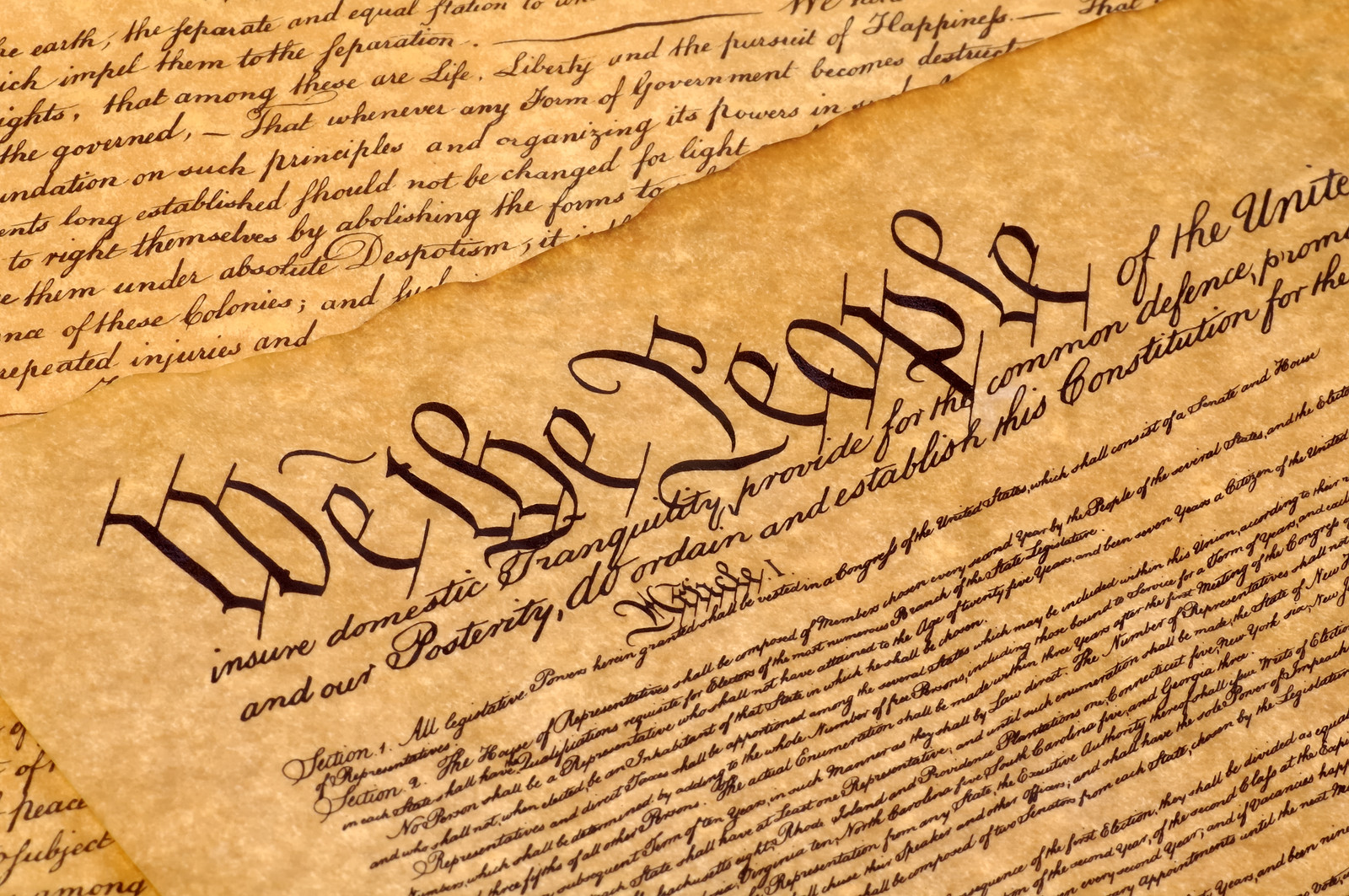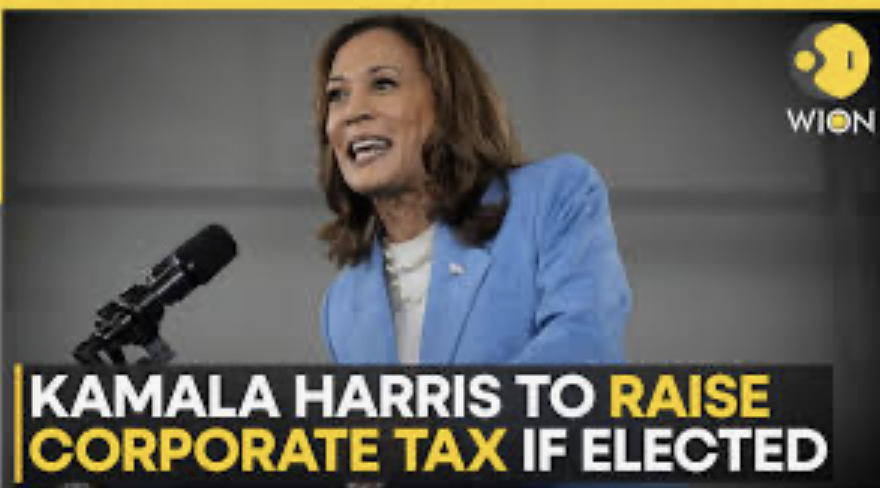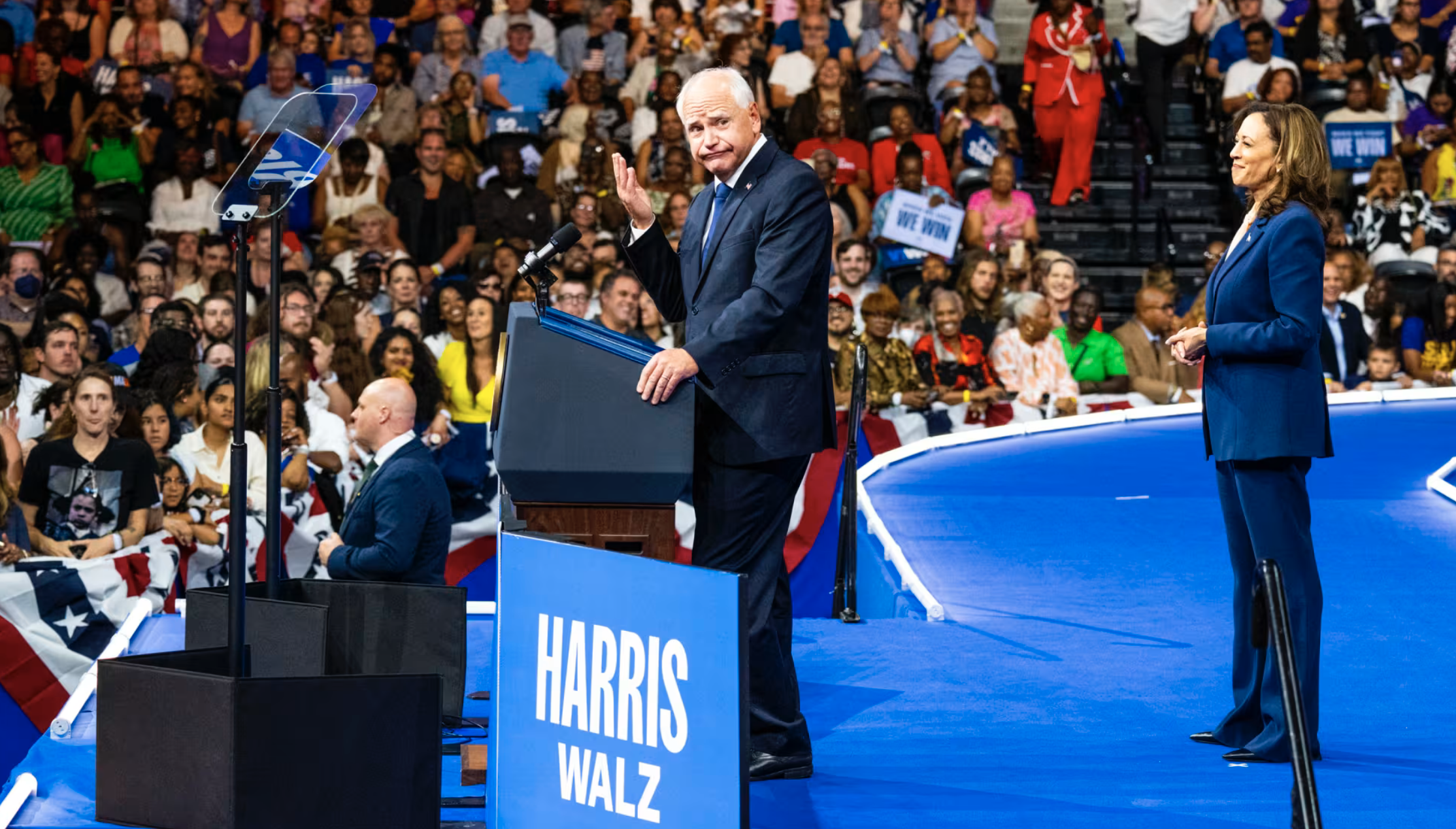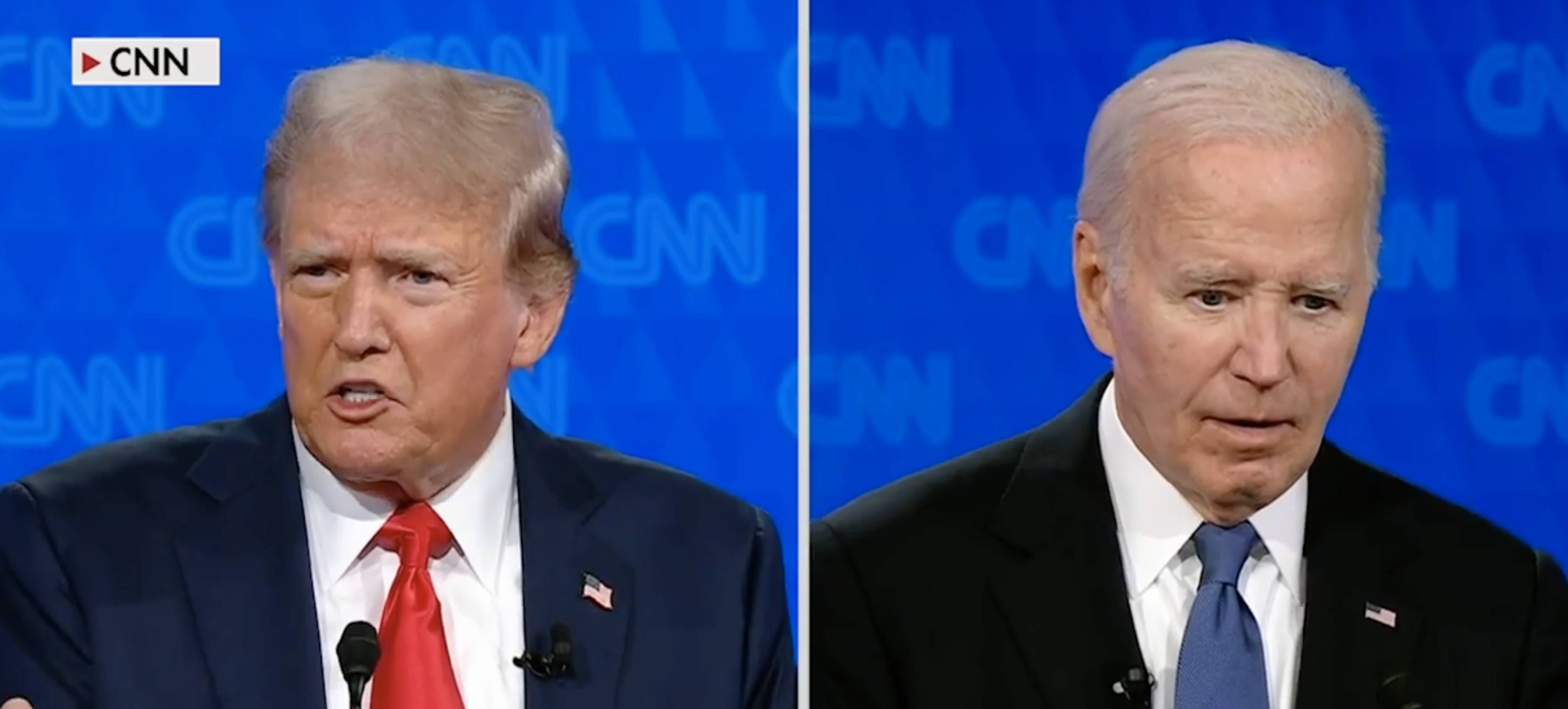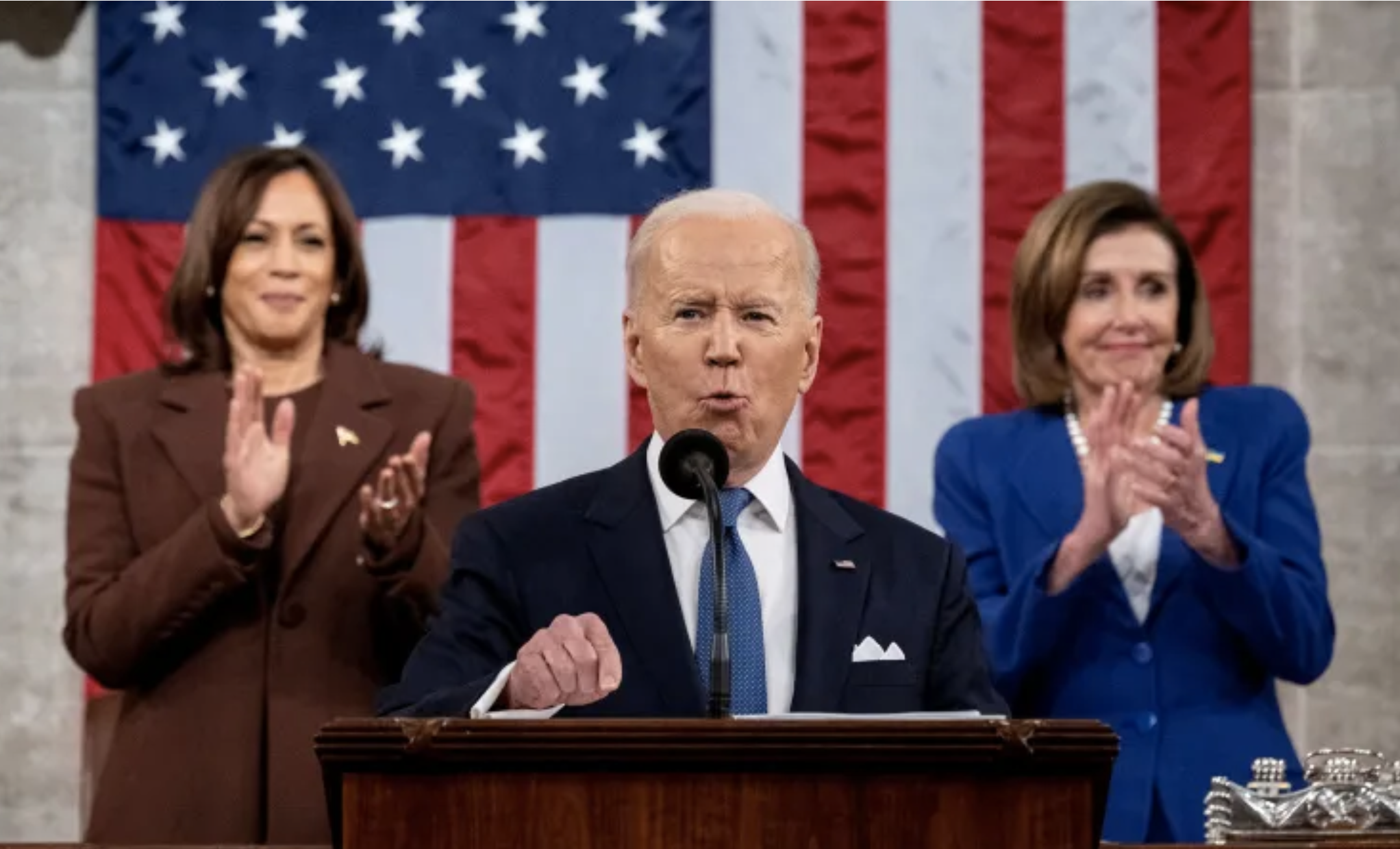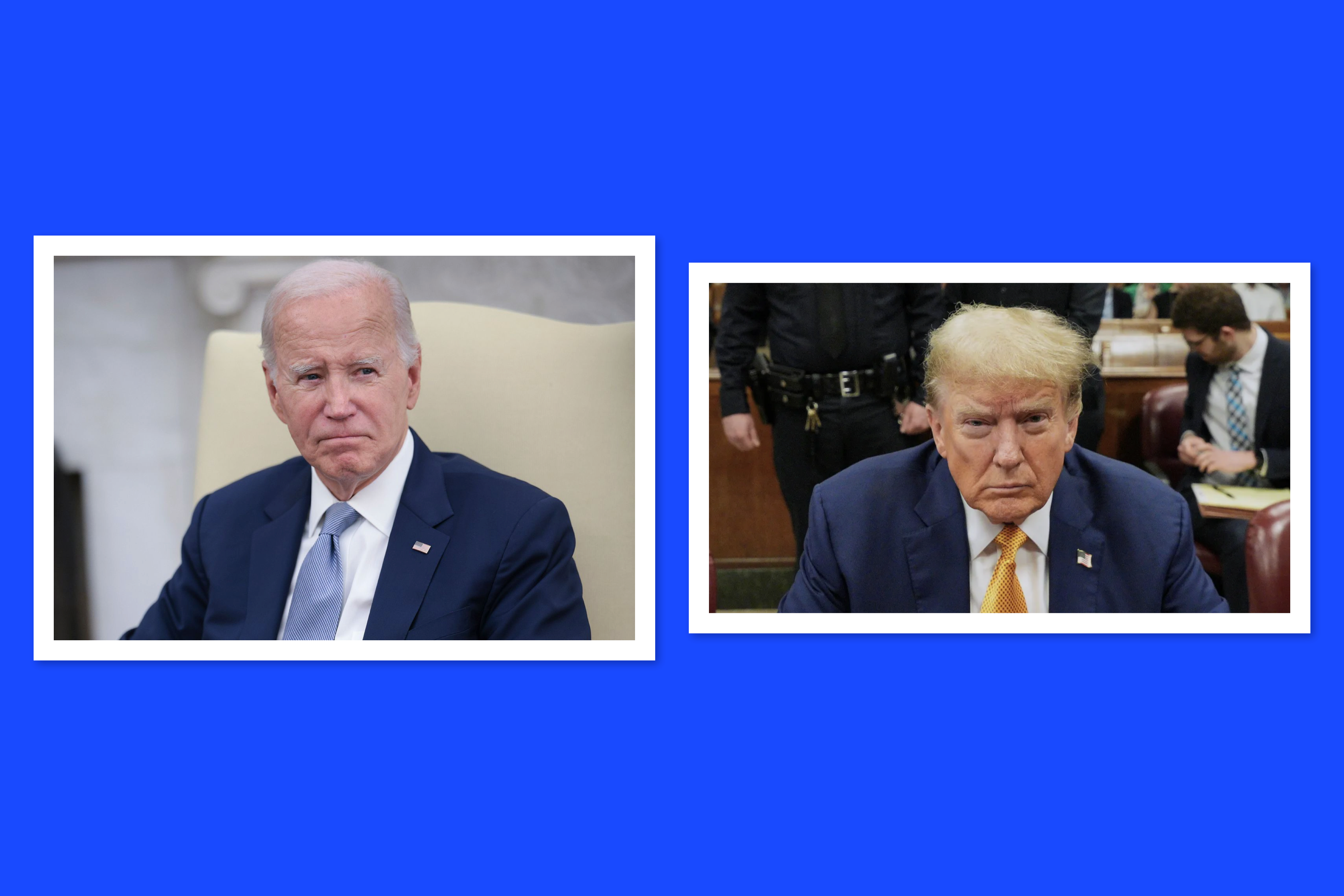Kamala Harris Is Gaslighting the American People
Kamala Harris formally secured the Democratic presidential nomination on Monday August 5. Her nomination became official with 99 percent of the Democratic National Convention delegates casting their ballots for her in a virtual roll call even before their convention in Chicago.
Ever since then, she has been struggling mightily to distance herself from Biden’s policies. To do that she has made a pretty fair imitation of a Republican, flip-flopping from many of her past policy positions. How much can we believe her? Is she gaslighting us?
The Harris Flip-Flops
One could be forgiven if he or she thought Kamala Harris was schizophrenic. She has lately taken to disavowing many of her previous policy positions. Not only that, she has been embracing the exact opposites of her previous positions. For example, while campaigning for president in 2019, she asserted we needed a mandatory buyback program for rifles. According to NBC News, she stated in Octobern 2019, “We have to have a buyback program, and I support a mandatory gun buyback program. It’s got to be smart, we got to do it the right way. But there are 5 million [assault rifles] at least, some estimate as many as 10 million, and we’re going to have to have smart public policy that’s about taking those off the streets, but doing it the right way.” Now, while campaigning for president in 2024, she says she would not press for a mandatory buy-back program.
Also during the 2019 campaign, she called for decriminalizing illegal immigrants crossing the border. She also called for the defunding of the Border Patrol and ICE (Immigration and Customs Enforcement). Biden gave her the responsibility for taking care of illegal immigration along the southern border in 2021. Yet, she did nothing and illegal immigration spiked. Now, in a complete reversal, she calls for “strong border security and an earned pathway to citizenship.”
Another flip-flop is her position about fracking. During a 2019 CNN Town Hall on fracking, she stated “There’s no question I’m in favor of banning fracking, so yes. And starting – and starting with what we can do on day one around public lands, right? And then there has to be legislation, but yes – and this is something I’ve taken on in California. I have a history of working on this issue.” However, now in 2024, her campaign says she “does not support a total ban on fracking.”
Yet another reversal of positions concerns her previous support for a government funded single-payer health care program. During a 2019 debate held by NBC, host Lester Holt asked the participants, “Many people watching at home have health insurance through their employer. Who here would abolish their private health insurance in favor of a government-run plan?” Kamala Harris and Sen. Bernie Sanders (I-VT) raised their hands. In 2024, her campaign says she no longer supports a government run single-payer health insurance program.
Why She is Not to Be Believed
There are reasons to believe Harris is gaslighting us with her 180 degree reversals in position. One such reason is her choice of running mate, Minnesota Gov. Tim Walz. The title of a USA Today post says it all: “With Walz as her VP, Harris doubles down on her far-left plans. Republicans must use this.” As that post notes in its second paragraph, Minnesota is as far-left a state as they come. Walz is one of a long string of leftist Democratic governors in Minnesota that cater to leftist policies.
Walz has asserted that “One person’s socialism is another person’s neighborliness.” Indeed, Walz has praised Chinese Communism as a system where “everyone is the same and everyone shares.” He stated this as a high school teacher in the 1990s, when he also claimed everyone in China gets free food and housing. While this is an old quote, he has never disavowed those opinions. He did sour somewhat on the Chinese government after its brutal repression of the Tiananmen Square protests. In 2016, he noted that China’s human rights record was “getting worse, not better.” What this suggests is Walz is an idealistic socialist who does not like authoritarian rule and thinks it can be separated from socialism. However, as Friedrich Hayek pointed out a long time ago in his seminal book The Road to Serfdom, government control of the economy inevitably leads to tyranny. So-called democratic socialism is a chimera.
The fact that Harris has chosen a running mate as far left as Tim Walz gives the lie to her many flip-flops. She is merely pandering to most of the electorate.
Then, there are the prototypically leftist policies she advocates, particularly about the economy. First, she blames inflation on “greedy corporations” committing “price gouging.” Neoliberal (aka “conservative”) critics say her casting blame on corporations is a gaslighting of the American public to deflect blame from the Biden-Harris Administration.
Her blame of corporations for inflation betrays a profound misunderstanding of both the law of supply and demand and of the nature of inflation. Yes, corporations are “greedy” in that they want to maximize their profits. Yet, they cannot do that simply by raising their prices.
Instead, they must maximize the product of their good’s price times the amount of the good demanded at that price. This is determined by the law of supply and demand. The image to the left is an illustration of the law of supply and demand using Alfred Marshall’s supply and demand curves. The supply curve labeled S gives the market average of the amount of the good supplied by producers at any given price.
The demand curve labeled D gives the market average of the amount of the good bought at any given price. The price at which the two curves intersect is called the “equilibrium market price” of the good. If the price is set higher at PH, then more of the good is produced than is bought, and must be stored in a costly inventory. If the price is set lower than the equilibrium price at PL , then less of the good is produced than is demanded. The consequence is a market shortage of the good, making the economy less efficient. If the price is either above or below the market equilibrium, the product of the selling price times the amount sold is less than the maximum possible. A company maximizes its profit if its good is sold at the market equilibrium price. That is also the price that is most efficient for the economy: The amount of the good that is produced is exactly the same as the amount demanded.
So what happens when the government imposes price controls as advocated by Harris, at least for grocery goods? To understand that, you must also have some understanding of what causes inflation. The effects of inflation or deflation are contained within a price index P. This index is time dependent and converts a value of money in any particular year into a value in some standard year that has equivalent purchasing power. The dollar of the standard year is then considered to be a “constant dollar”, and dollar values cited in those units are described as “real values”; dollar values in the units of any other year’s dollars are considered to be only “nominal values”. It does not really matter which standard year is chosen for the constant dollar, so long as we all agree to use the same one for any one discussion. See this PDF file for more discussion about how a price index is constructed and for an elementary theory of inflation.
In what follows we will use capital letters to represent nominal monetary values for any particular year, and the same letter in lower case to represent the same quantity in the constant dollars of some chosen standard year. Now suppose that for any particular year, the supply of money (usually taken as M2) in that year is M nominal dollars, and the nominal GDP for that year is Y. We can now define a quantity called the velocity of money V that is the average number of times any one dollar changes hands in transactions for goods and services. If that is the case, then MV is the total dollar value of all transactions in the economy for that year, which is the same as the GDP. Therefore we have
MV = Y = Py
where y is the constant dollar value of the GDP. In the very next year, all of the quantities in this equation will have changed values. Let us represent the change in any one of the variables as
Δx = x2 – x1
where x1 is the value of the variable in the initial year and x2 is the variable’s value in the following year. It is fairly easy to show (see the cited PDF for details) that
The fractional change in the price index between the two years is just the inflation rate (or deflation rate if the fractional change is negative) between the two years. Inflation then is not caused by corporate greed giving rise to “price gouging.” The law of supply and demand already has shown us that a corporation’s profits are maximized when they set their prices at the equilibrium market price, which is also the most efficient price for society. What does cause inflation is an increasing money supply (created by government), a decreasing GDP, and an increasing velocity of money that usually happens during an inflationary period. The velocity of money increases when people try to get rid of their money before its value is inflated away. In a recession when the fractional change in GDP is negative, inflation tends to increase.
When governments impose price controls, they generally want to place prices below their market equilibrium levels. Free markets would automatically force prices to their market equilibrium if their price were above it according to the law of supply and demand. By dictating prices below their market equilibrium, politicians would create a rising demand that companies would not willingly satisfy because that would give them losses. What price controls on a large number of goods would produce would be a smaller GDP than we would otherwise have. Price controls would generate shortages and black markets. If the price controls were too severe, they could even generate a recession.
Kamala Harris obviously does not believe price controls are counter productive. Her belief places her on the left of the political spectrum. Her flip-flopping to political positions of the right can only be pandering to the electorate. She is gaslighting us.
Views: 1,099

